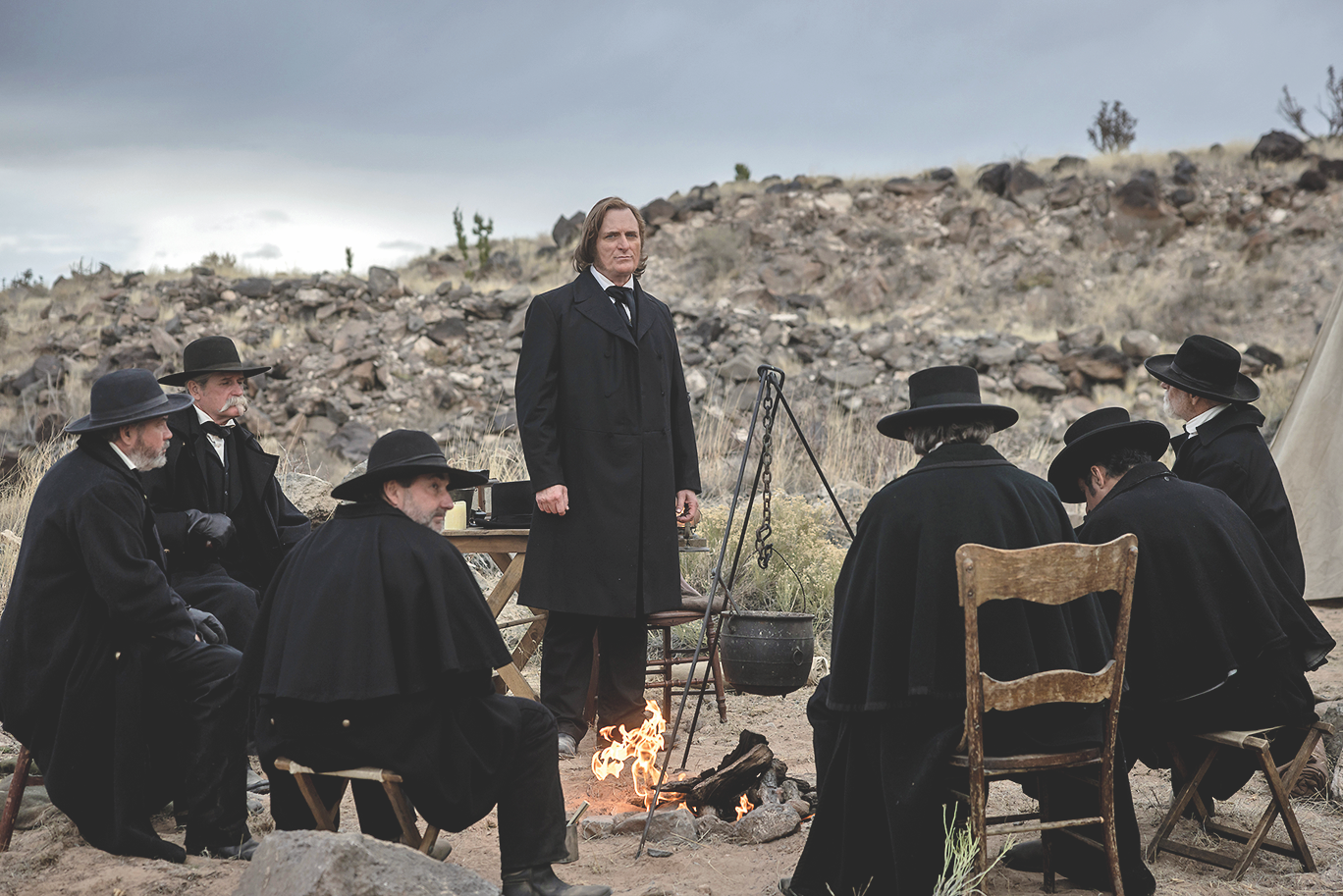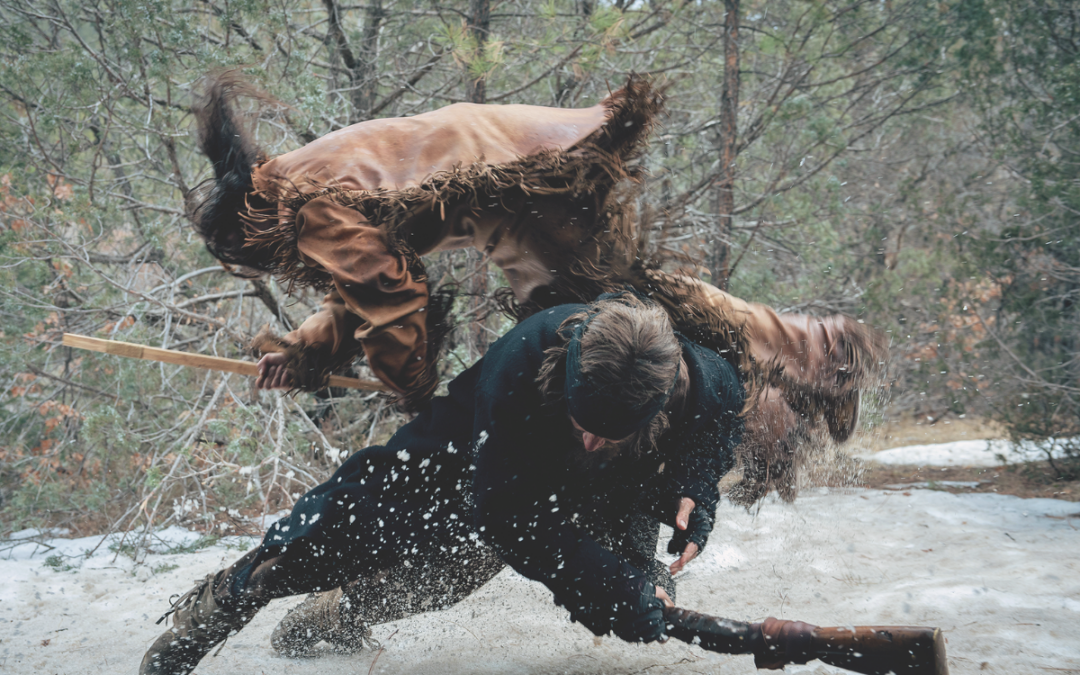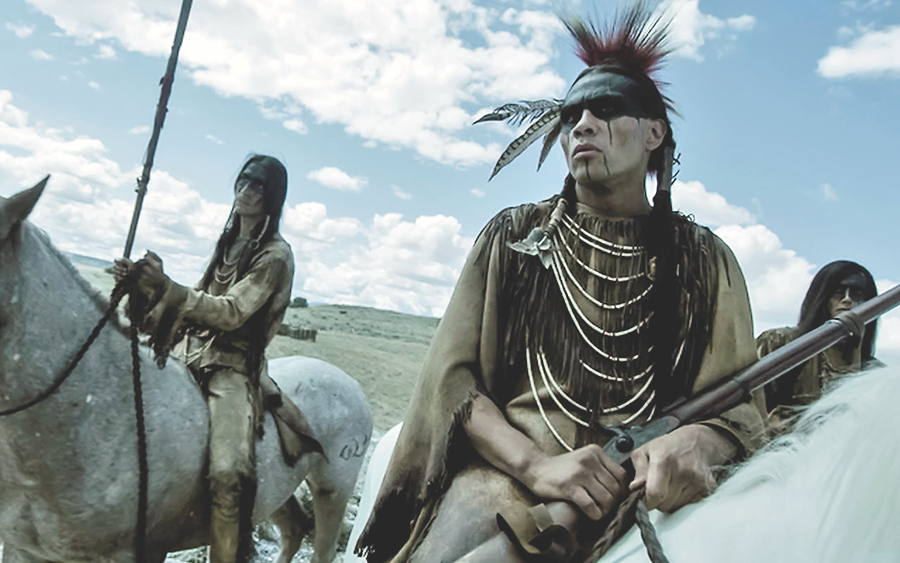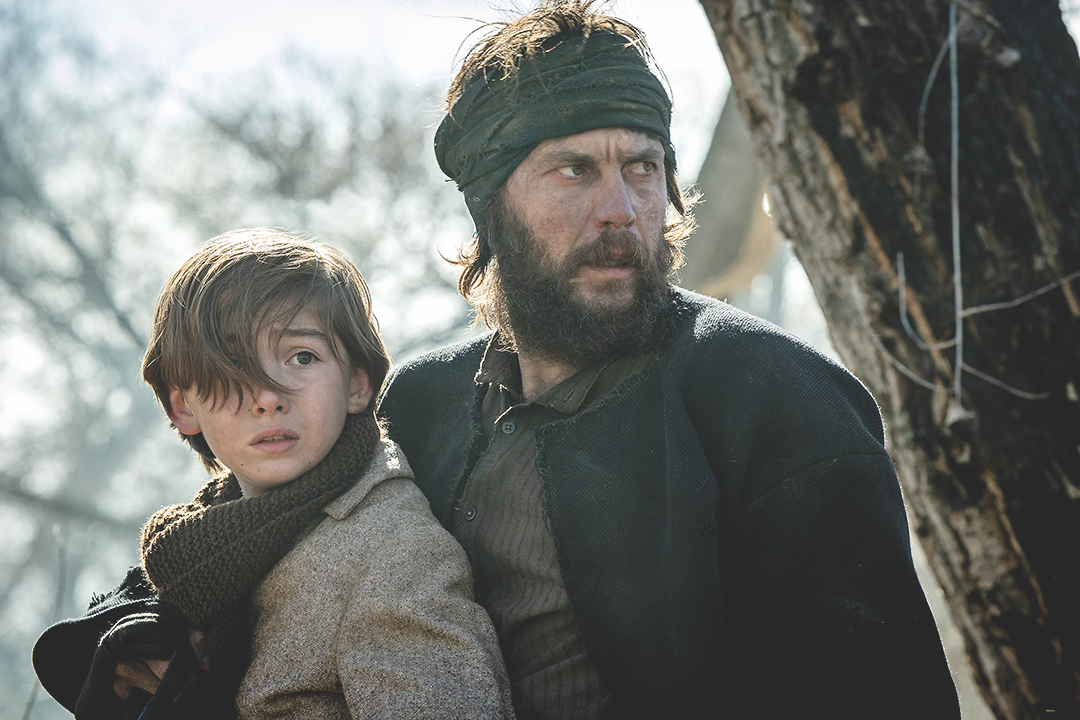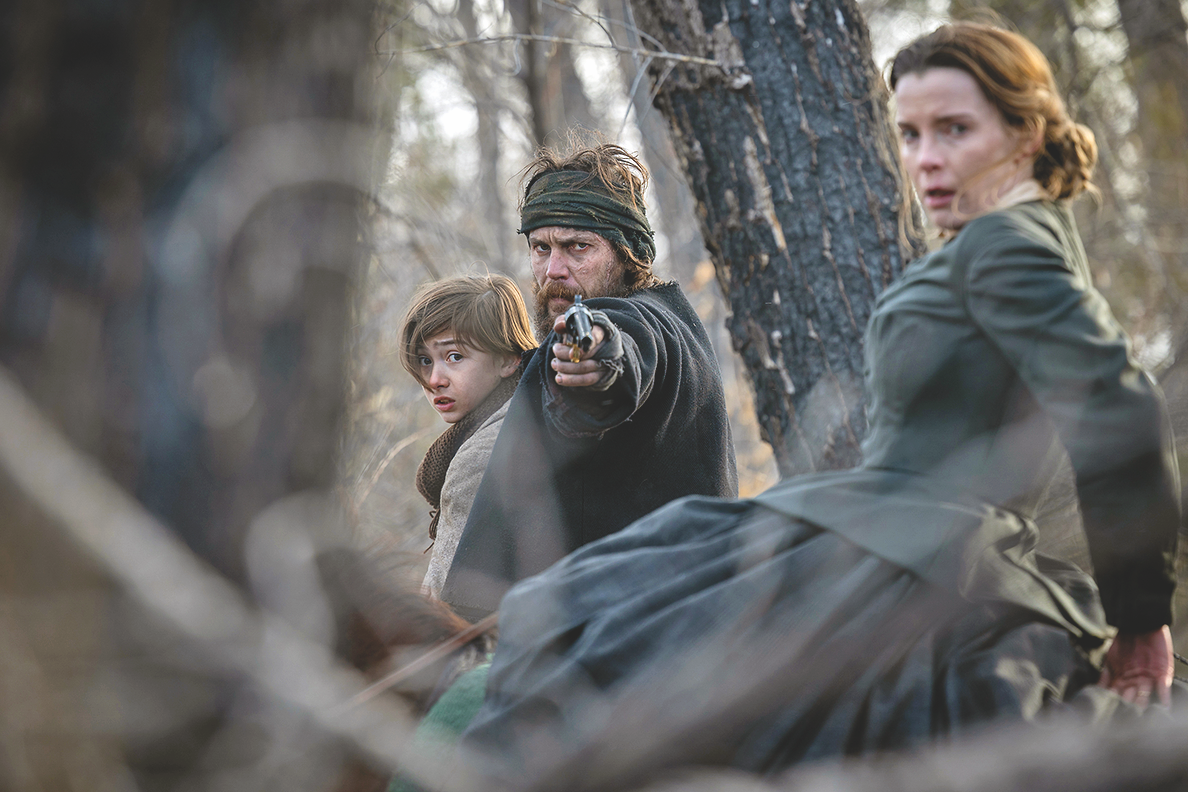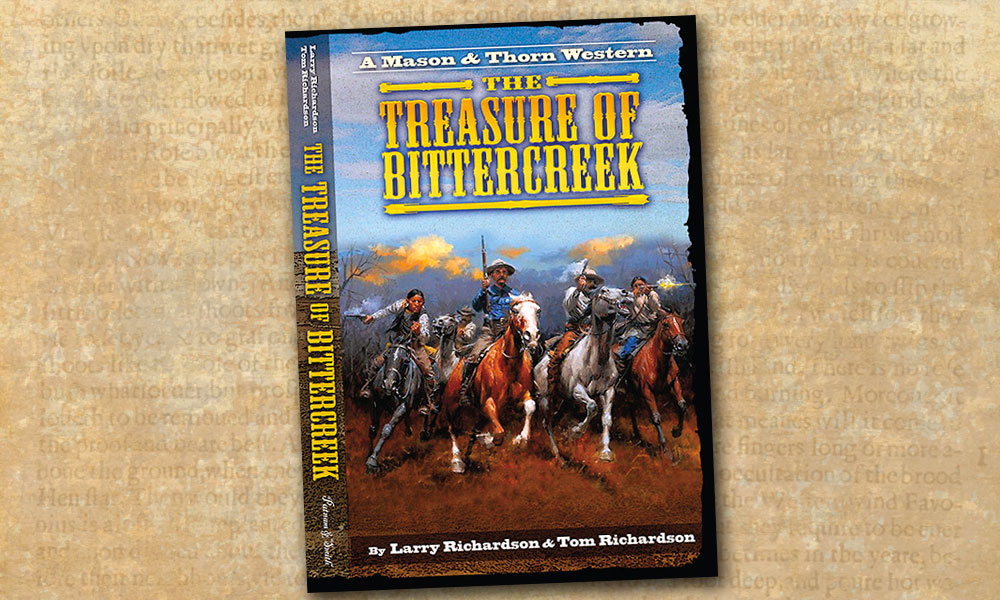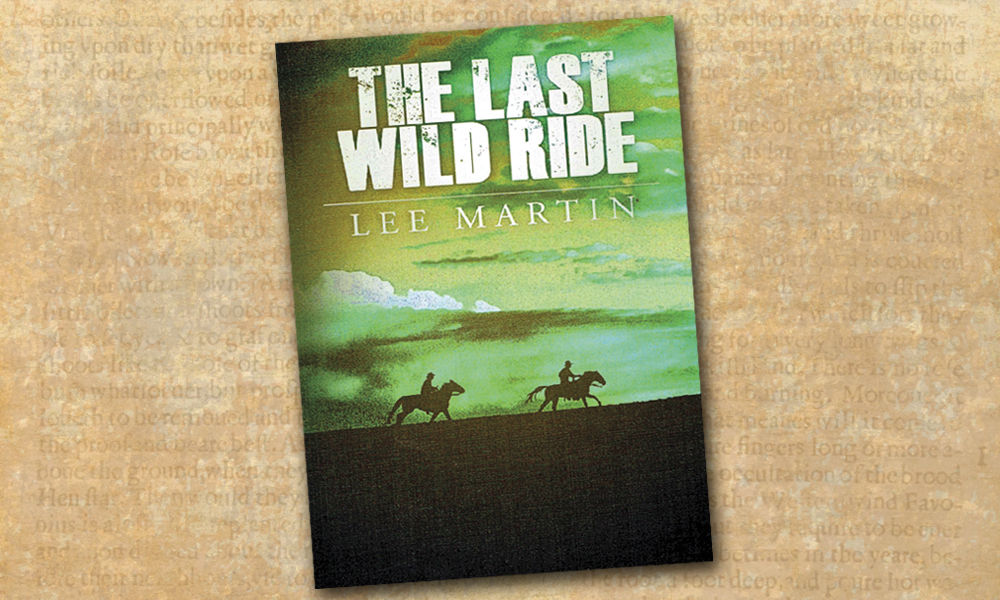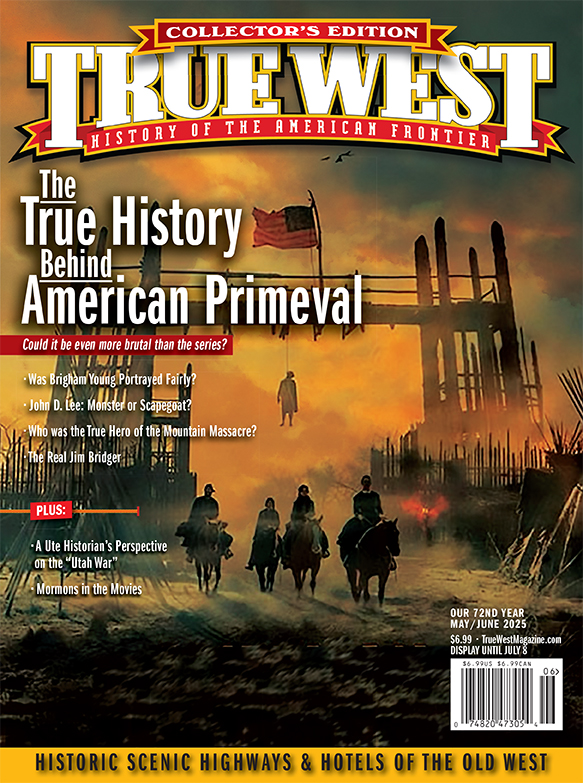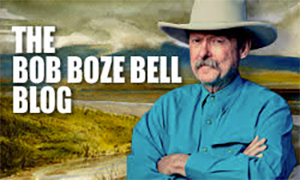AMERICAN PRIMEVAL
GOOD AND EVIL
The Mountain Meadow Massacre is center-stage in this brutal and enthralling pioneer docudrama
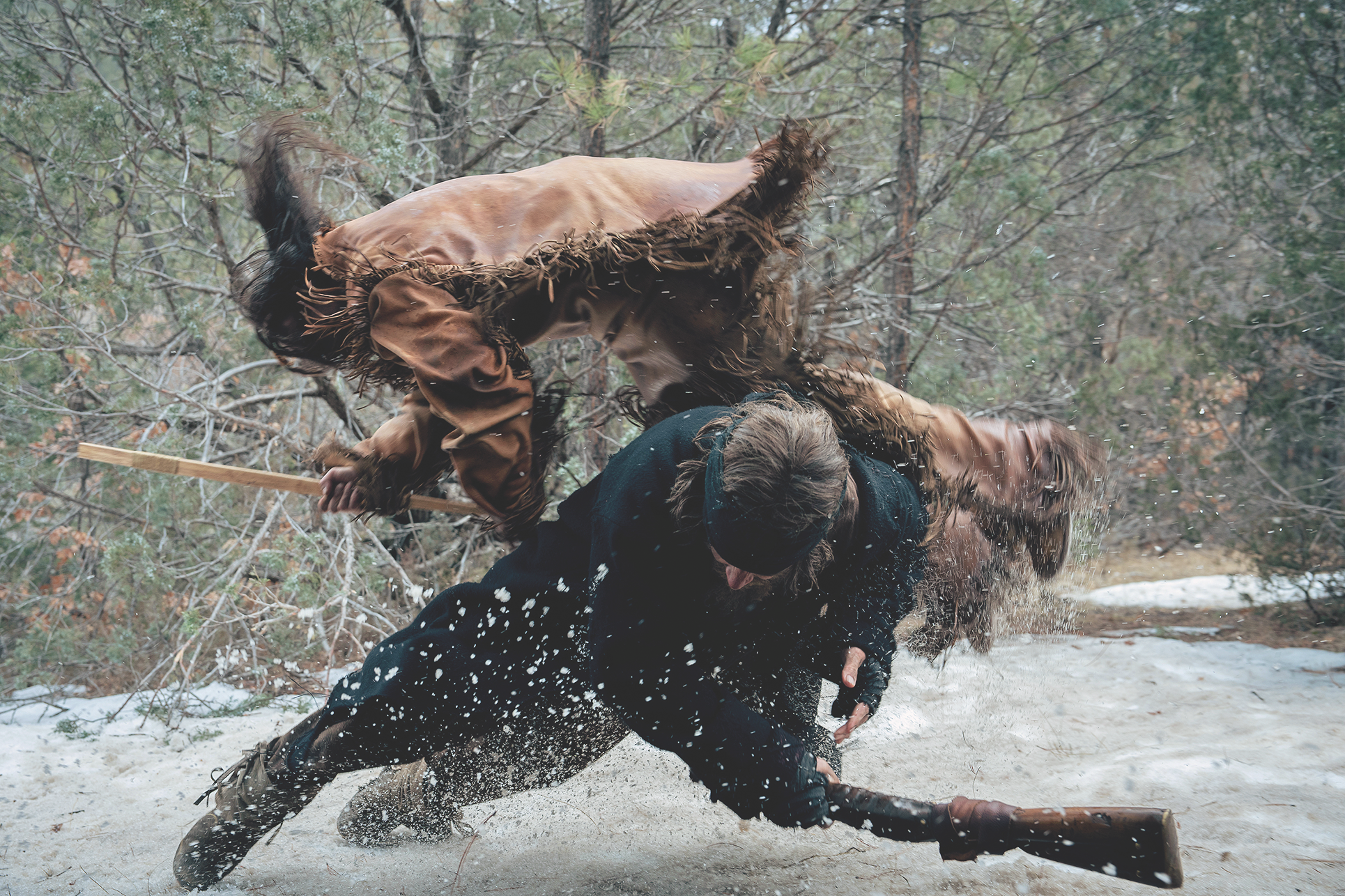
American Primeval takes no prisoners—especially audience members: a close-up is almost always a tip-off that someone is about to get shot in the face, or scalped, or have their throat slit. Netflix’s notice at the beginning warns not generally of violence, but specifically of “gore.” Not that one could tell this story well without spilling blood. It’s set in 1857, against the background of the Utah War, specifically the Mountain Meadows Massacre, in which a Mormon army, disguised as Indians, slaughtered 120 members of a wagon train.
Betty Gilpin plays Sara, who has taken her young son Devin (Preston Mota) into this hellish vision of Zion, to reunite with his father at Crooks Spring. Their first guide gets them as far as Fort Bridger before he is murdered, and their second guide, James Beckwourth (a great historical figure who is often mentioned but never appears), has stood Sara up for being many days late. Jim Bridger (Shea Whigham) tries to help by hooking her up with Isaac Reed (Taylor Kitsch), a Shoshone-raised White man, but he refuses to take them. But he’s so concerned that the beyond-her-depth Sara will get her son killed, that he tails them when she joins a wagon train, and is there to rescue them when the slaughter begins. But their problems are only beginning, and Isaac has no inkling that Sara is fleeing bounty hunters.
The six-hour, six-episode American Primeval is a very entertaining, very violent miniseries that focuses on a rarely dramatized and fascinating period of pre-Civil War Western history. The true history is as controversial today as it was in the 1850s, and most of the show’s choices are viable, if not provable. Shot in New Mexico, a massive undertaking and an artistic and logistical triumph, director Peter Berg notes, “This show was the hardest thing I’ve ever filmed. We shot for 130 days, and about two of those days were interiors—so we spent about 128 days up in the mountains. We were out there driving an hour to different locations, national parks, different reservations, going into extremely isolated areas. The weather was intense, the action was intense.” In 2020, Berg, whose previous successes include the films Friday Night Lights and Deepwater Horizon, read an article about the massacre, saw its potential and brought the idea to Mark L. Smith, who’d written the outstanding screenplay for The Revenant. “He had the kind of sensibility to capture a historical story,” Berg recalled, “and to figure out a way of putting a lot of adrenaline into it; making it a great history lesson, but also very entertaining and very emotional.”
And together Smith and Berg have certainly succeeded: the events of the story are so compelling that wondering and dreading what will happen next drives the audience’s attention throughout. The massacre sequence is an astonishing triumph of direction, acting, photography—by cinema-tographer for the Purge movies Jaques Jouffret, editing, and presumably a mix of both physical and computer-generated visual and audio special effects which leave the viewer terrified, thrilled and exhausted.
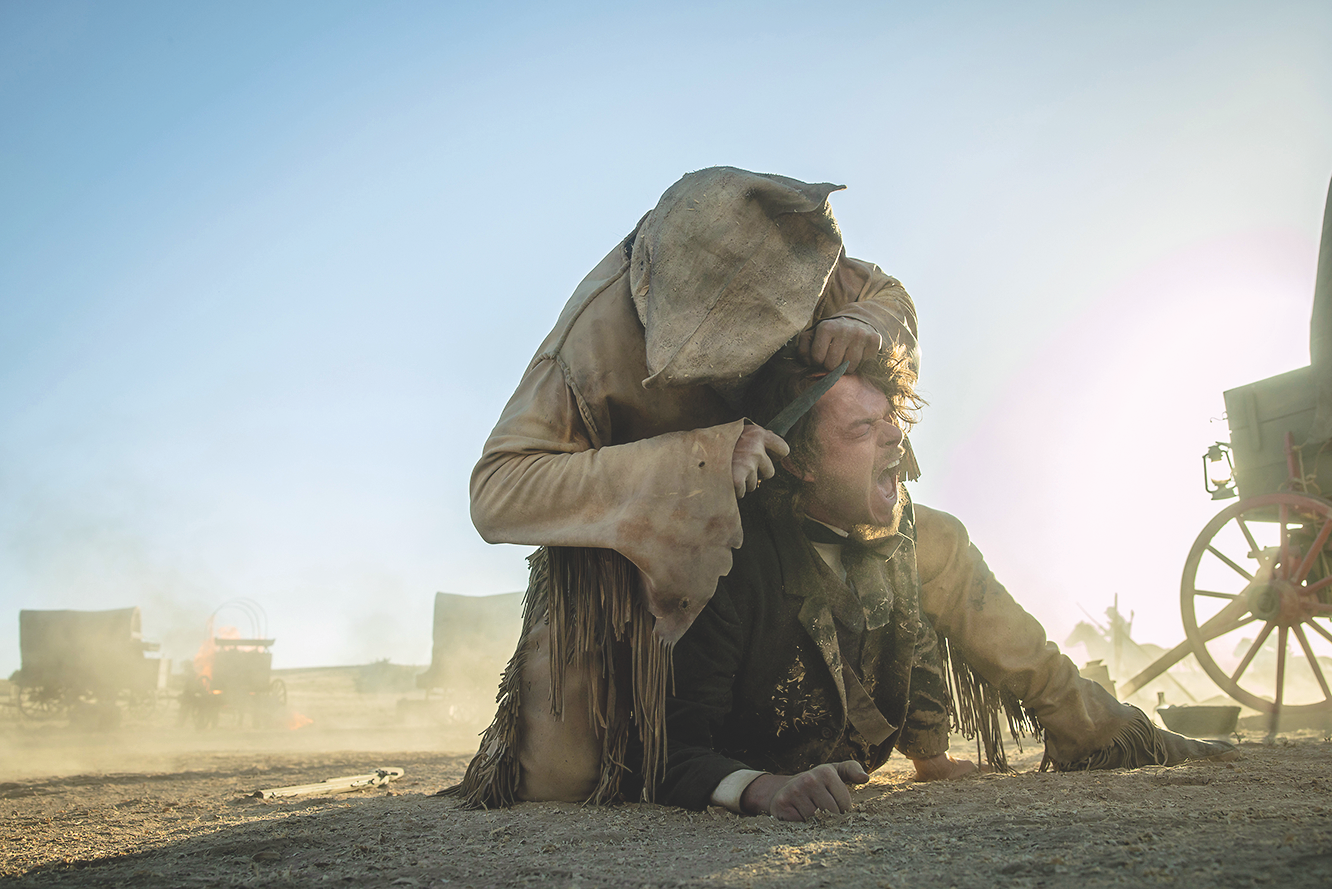
Notes Smith, “Pete Berg charged me with a hatchet the first time that we spoke about [the project], because that was, to him, representative of the world, the violence, the fight for this land. There was so much conflict coming from so many different angles that there was no way to tell a story without the violence—not in a way that would be true to the time, anyway.” And those angles include not just Mormon vs. pioneer violence. Shoshone, Ute, Paiute, the U.S. Army, and depraved outlaws all take part.
Smith had become fascinated with Jim Bridger while writing The Revenant—a young Bridger is a character in that film—and had written a script about him in 2016. It’s what he presented to Berg at their first meeting. As Bridger, Shea Whigham, so memorable as the enigmatic slave-owner in Lawmen—Bass Reeves, who offers Bass his freedom over a hand of poker, then cheats him, is here the moral center of the tale, even as Fort Bridger is the geographic center. In fact, despite not being one of the leads, Whigham walks away with the series, as Bridger is the character who is most compelling.

Although they get more screentime because they are so busy with action rather than character, we never get to know the emotionally closed-off Isaac, or the insecure-yet-strident Sara. We do grow to respect the gutsy Abish (Saura Lightfoot Leon), the Mormon bride who barely survives the massacre; Red Feather (Derek Hinkey), the Shoshone who takes her; and Jacob (Dane DeHaan), the half-scalped Mormon groom whose search for Abish pushes him toward madness.
Besides Bridger, the other most-compelling character is the diabolical Governor of Utah and head of the Church of Latter-day Saints, Brigham Young, played as an oily, homicidal narcissist in a bravura performance by Sons of Anarchy star and seasoned Western villain Kim Coates. Indeed, one of the great raging debates among historians even today is whether Brigham Young ordered the slaughter or attempted to prevent it.
Still, it’s jarring to see such a major religious figure portrayed as a monster, but Mormons have historically been remarkably patient when abused in the various entertainment media. There was nary a complaint when the hit Broadway musical comedy The Book of Mormon portrayed them as naïve boobs. One doubts a musical comedy based on the Koran, or the Old or New Testament, would be so politely tolerated. More than a decade ago, when the AMC Western series Hell on Wheels raked Mormons over the coals, an article by television critic Scott D. Pierce in the Salt Lake Tribune said, “You can be insulted by the historically inaccurate, inflammatory and rather ridiculous way Mormons have been portrayed. Or you can roll your eyes…realizing that it’s lazy fiction that not much of anybody is watching.”
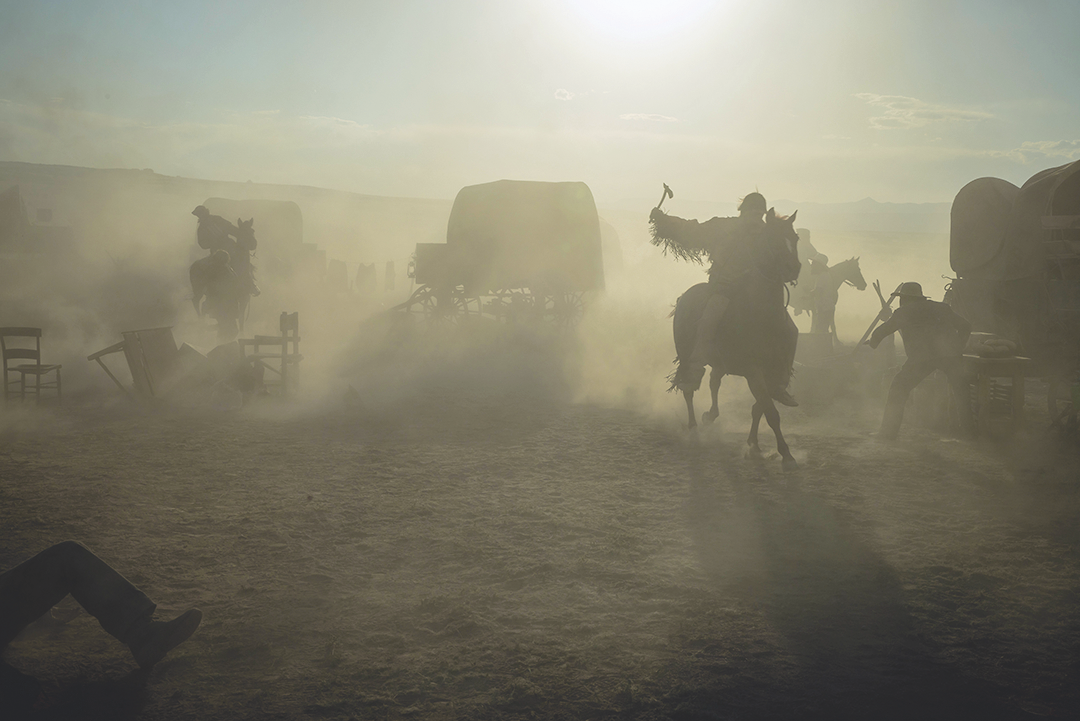
Perhaps the fact that American Primeval is an inarguable hit has necessitated a response among believers. In an article on RNS, The Religious News Service, respected historian and LDS member Barbara Jones Brown takes on the series in an article titled “What ‘American Primeval’ gets wrong about Mormon—and American—history.” She cites several notable errors, although others—such as geographical mistakes, or whether Brigham Young bought Fort Bridger intending to burn it, or decided to later on—most audiences would accept as artistic license.
While admitting and regretting the slaughter, she dismisses Young’s threats as “bluster,” and dismisses the idea that the Mormon Milita wore Klansman-like hoods for their attack. “They did not need to, because they massacred all of the emigrants except for 17 children ages six and under.” Notably, she never addresses the question of whether Brigham Young ordered the slaughter.
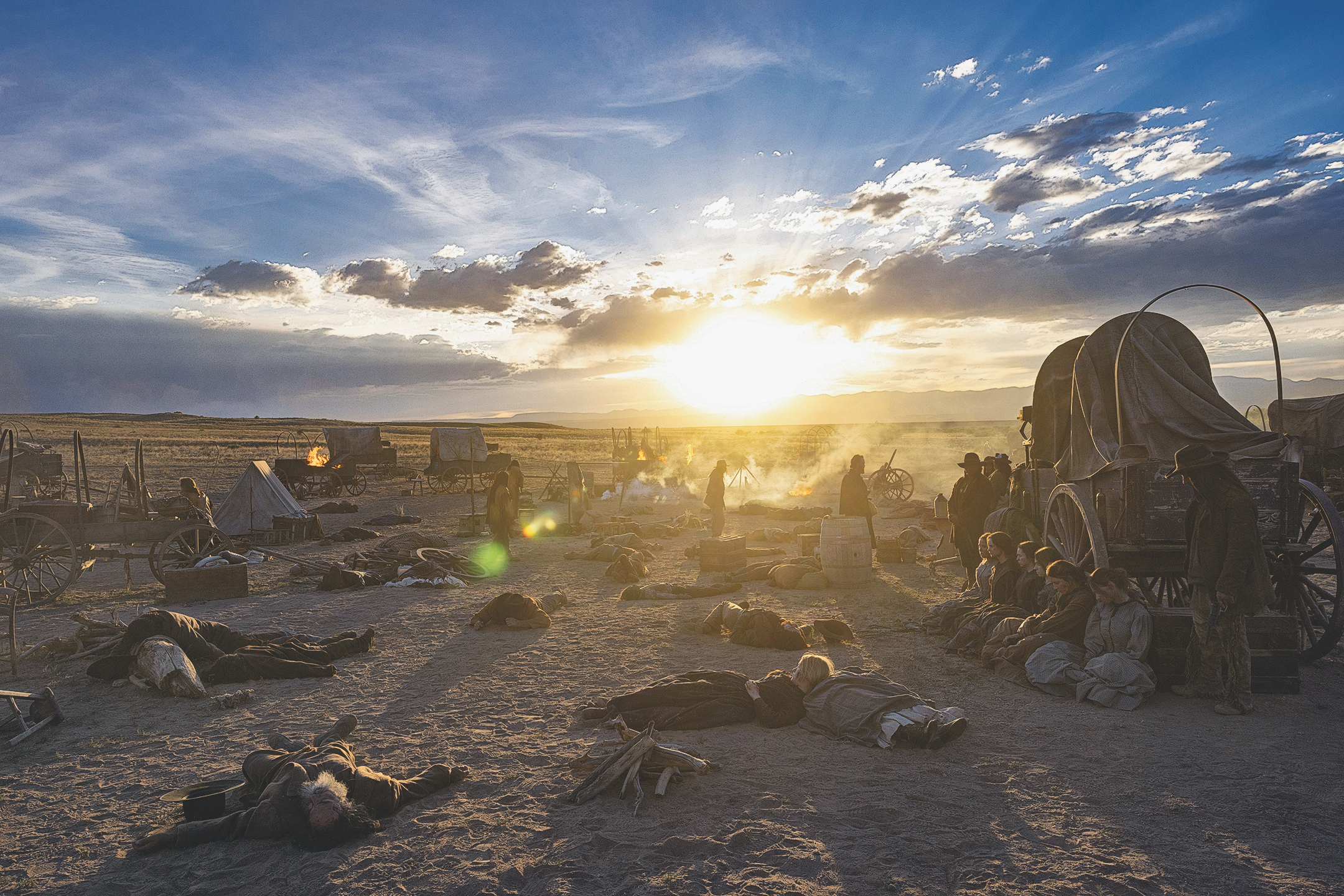
While the violence is jarring and shocking, perhaps more troubling is the overwhelming cynicism that seems to pervade the story. Every character, young or old, kills someone—if not on camera, we are told about it. We meet a teenaged Shoshone, Two Moons (Shawnee Pourier), in the opening minutes, when she steals a knife. Later in the episode, her drunken father attempts to rape her, and she carves him up, while her mother cries that now they have nothing! Incidentally, she has no dialogue because her tongue has been cut. Why is everything so dark? Executive Producer Eric Newman says, “American Primeval very much lines up with my own worldview, which is that we are populated not by good guys and bad guys, but more by bad guys and very bad guys.” Surprisingly, there is no mention in the series of John Doyle Lee, a Mormon Elder who was excommunicated, convicted of mass murder and executed by firing squad for his role in the Mountain Meadows Massacre. It was a long way from justice for 120 souls, but at least it was a something.
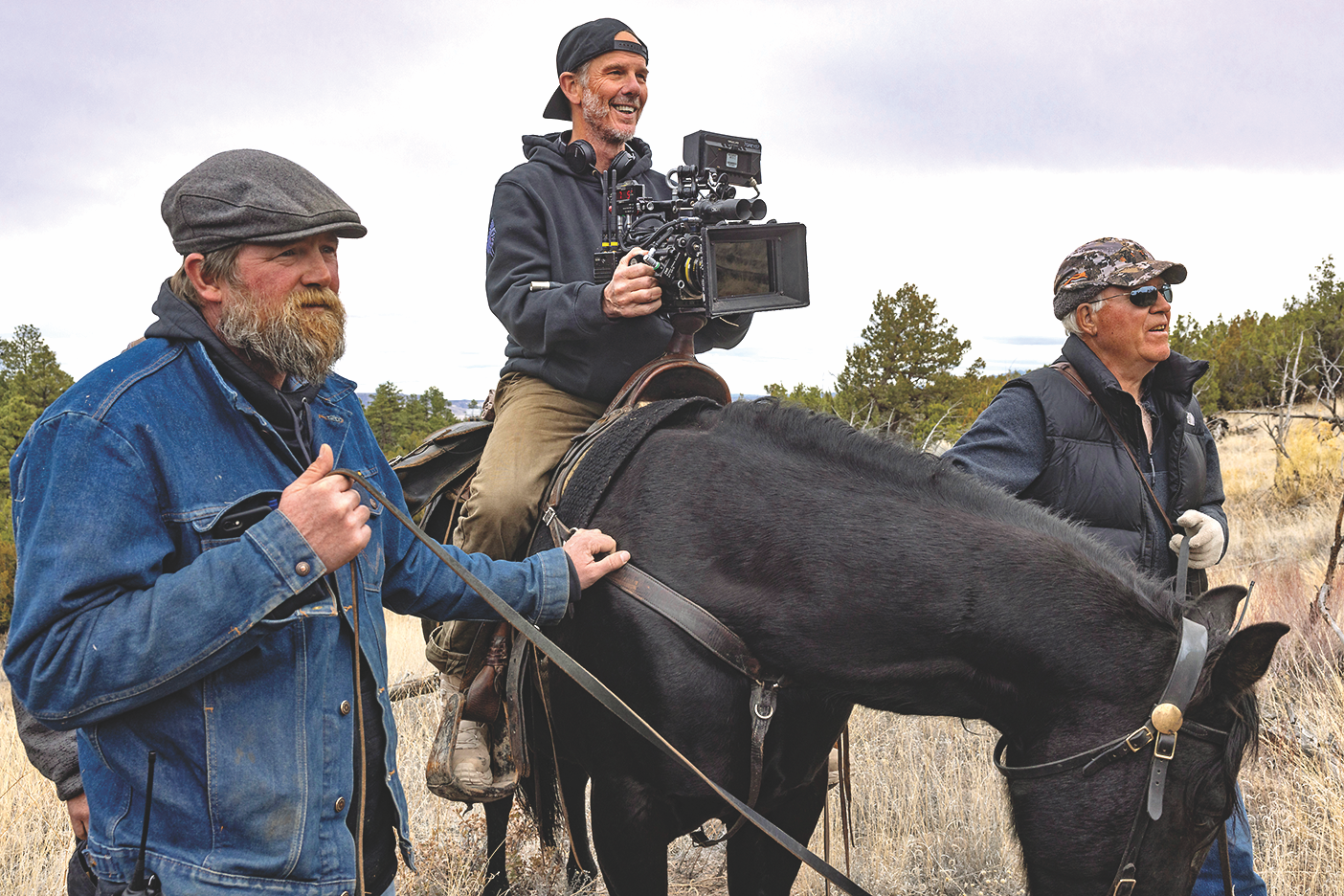
Top: In-demand Native actors, Tokala Black Elk plays Buffalo Run here, guested on Yellowstone, 1883 and Outer Range, and is a regular with Reba MacIntire on Happy’s Place. Derek Hinkey, American Primeval’s Native male lead as Red Feather, plays Shorty Bowlegs on Dark Winds, and a Papago Scout on Horizon–Chapter One.
Center: Isaac, against his better judgment, is determined to protect young Devin (Preston Mota) and his mother, Sara (Betty Gilpin).
Bottom: A pair of fish out of water, they take a lot of protecting.
